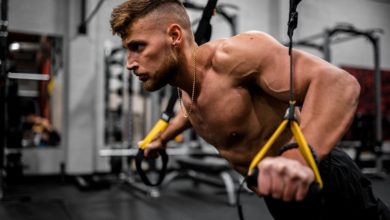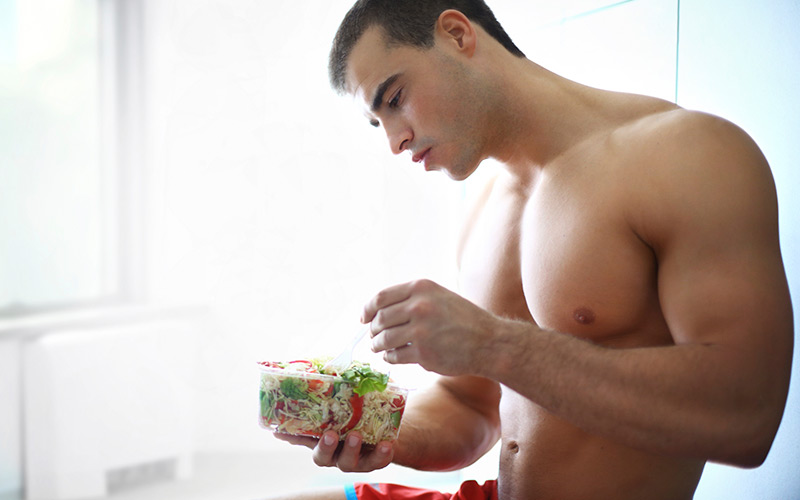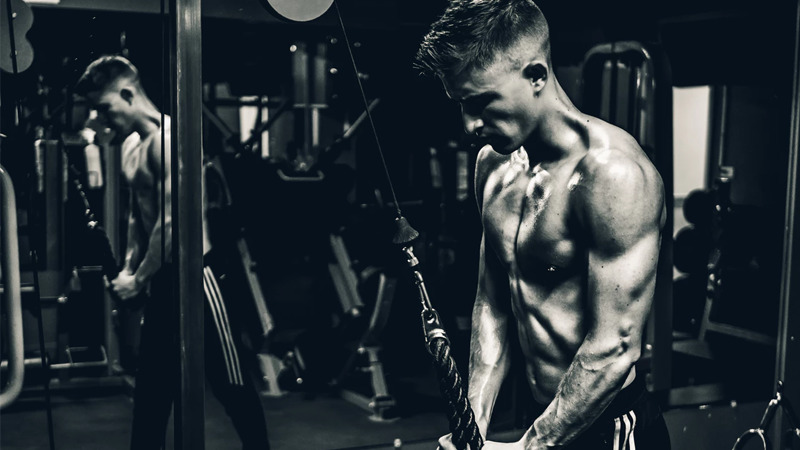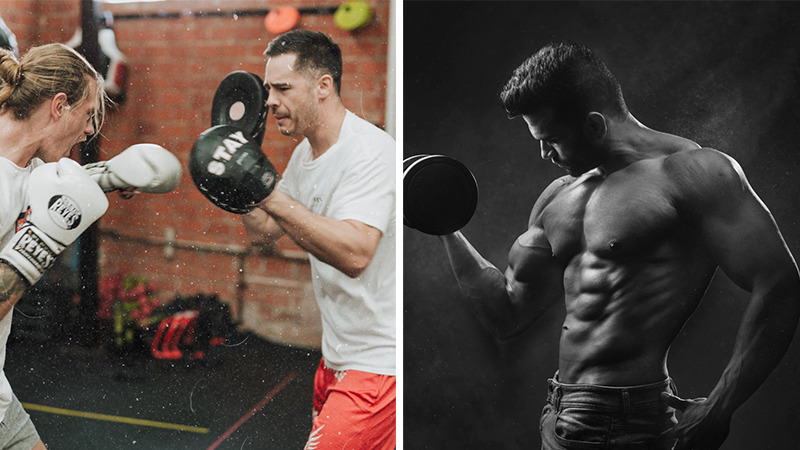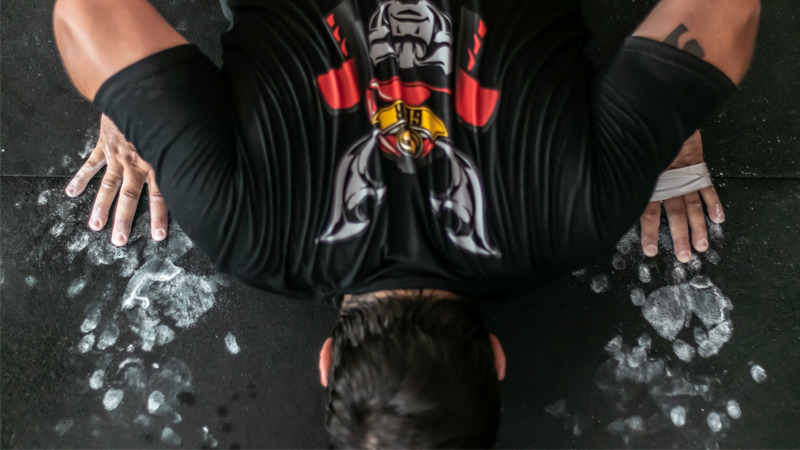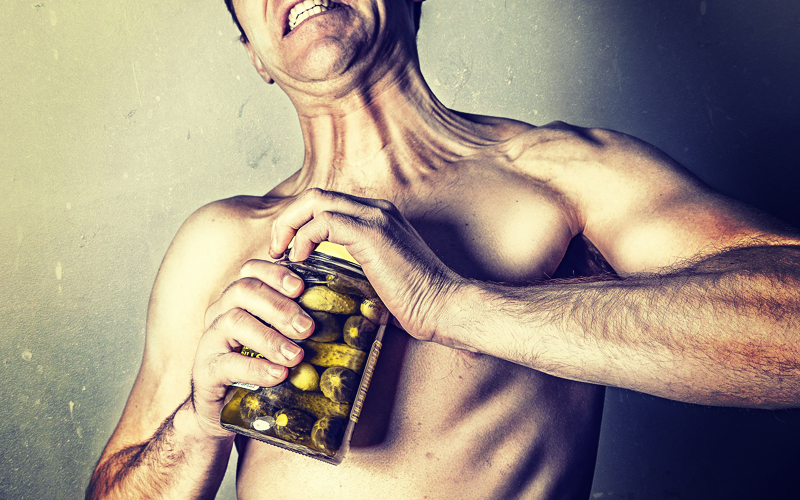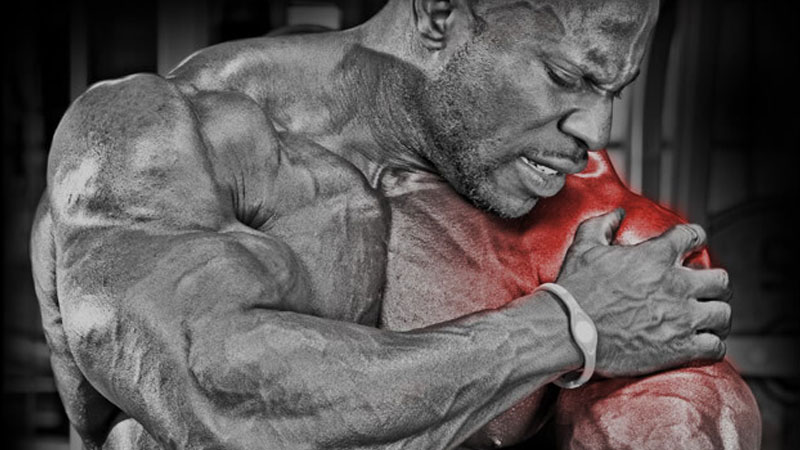
Feel superhuman and achieve maximal workout recovery with the right tools and methods to reduce muscle soreness.
There’s nothing worse than muscle pain from training. The kind of searing, burning soreness that feels like you’re being repeatedly stabbed by napalm-infused needles or clubbed to death with a rusty-nailed bat.
The soreness you get in your muscles after a high-volume leg session or a heavy chest workout can be completely debilitating, leaving you in a pile of your own spit and filth as you struggle to crawl to a safe place to die.
But there are ways to boost maximum workout recovery.
It was the poet Deadpool that once said “maximum effort” before jumping feet-first into an oncoming truck full of trenned-up foot soldiers.
Well, screw that. It’ll be you screaming “maximum workout recovery” as you jump double-footed into the squat rack with optimized recovery after reading these life-saving tips. Because in this article we’ll talk you through the best ways to reduce muscle soreness and hit the gym with fire in your belly, not in your muscles.
Want to know if you can reduce muscle soreness and live to train another day?
Put on your big boy pants Johnny. We’re about to go HAM…
What Is Muscle Soreness? Welcome To A World of Hurt
[infobox]Muscle soreness is the discomfort, pain, and lack of mobility caused by unfamiliar levels of exercise, particularly load-bearing activities such as strength training.
[/infobox]We’ve all been there. You wake up the morning after a visit to the barbell and at first, all seems good. A little tightness and stiffness as you waddle to the kitchen for your morning java, but all seems cool.
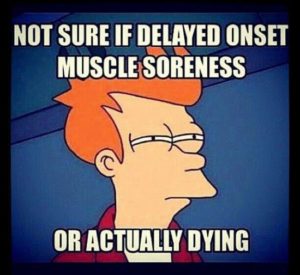 As the day progresses though, something just isn’t right. Are you having a stroke? Did a team of ninjas beat the sh*t out of you in your sleep?
As the day progresses though, something just isn’t right. Are you having a stroke? Did a team of ninjas beat the sh*t out of you in your sleep?
Who knows…
But the pain is fast becoming unbearable. By the time you get home, you’re dragging yourself around like a mangled zombie corpse from a George A. Romero film.
And what’s worse? You’re supposed to be back at the gym later for another workout with your bros. Nope, it’s just not happening. There’s no way you can move, let alone lift again.
Hand in your bro card buddy. Let’s give you a pussy pass instead. You’re out.
Delayed onset of muscle soreness – we don’t really know what causes it
So-called ‘muscle fever’ is caused by exercise that’s above and beyond what your body’s used to – in particular eccentric (muscle lengthening) contractions such as those that occur during running downhill or lifting weights.
Physiologists and sports scientists have been studying the principles of DOMS for years. But we’re still no closer to finding out exactly what causes it.
Why does it take so long for muscle soreness to kick in? And why does it cause pain so intense?
Well, it’s a pretty complex topic.
DOMS is often said to be the consequence of “mechanical loading and/or metabolic stress”. But there are a couple of specific theories about how muscle soreness actually occurs.
#1. Microtrauma and muscle damage – Some types of exercise create small microscopic tears in muscle cells. That’s a good thing because eventually, these cells build back bigger and stronger. These ruptures trigger inflammation and then send messages to your pain receptors. That’s why you feel so sore.
#2. Metabolic stress and enzyme efflux – Exercise is stressful (especially when you’re fighting for benches with noobs and wannabe Insta models with camera crews). The harder you work, the more energy you need to create. And in order to create this energy, you need to use your cells for fuel. Changes in muscle pH and an increase in calcium (which is used during muscle contractions) because of energy production might be why exercise leads to increased inflammation and pain.
#3. Mild rhabdomyolysis – Some theorists suggest that muscle soreness is a mild form of metabolic ‘poisoning’ similar to rhabdomyolysis (a condition where muscle tissue degrades, leading to paralysis and kidney damage).
Note: There have actually been a few cases of ‘rhabdo’ reported in CrossFitters due to heavy training loads and crazy-ass WODs. But that’s all we’ll say on the subject for now…
No one really knows what actually causes muscle soreness, but there are a few theories.
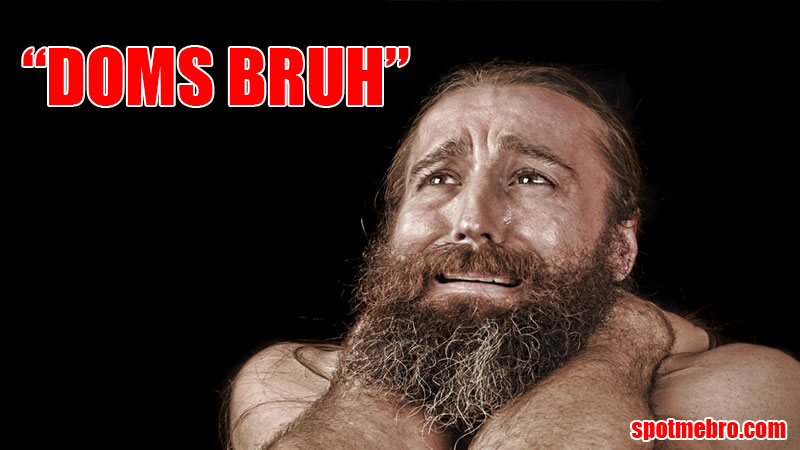
Can You Reduce Muscle Soreness and achieve Maximum Workout Recovery?
To some degree, some form of muscle soreness is inevitable – especially when you ramp up the volume from your previous workout or throw in some novel exercises on top.
But is there anything you can do to maximize workout recovery and hit the gym harder, more regularly?
The current research says there are a small number of possible treatments you should try… but some of the more popular methods are a waste of time.
One scientific review even went so far as saying there’s more or less nothing you can do and should embrace it. Basically don’t be a pussy and man up bro.
That’s harsh bro and to be honest not quite true. But the industry of pain management is definitely clock and dagger, smoke and mirrors.
The first pitfall in knowing how to treat DOMS is science still doesn’t know what causes it. Some theories suggest inflammation is a root cause, but then other studies show muscle soreness can occur without inflammatory processes kicking in.
It’s confusing, we get that.
There have been a few different interventions proposed as possible treatments for DOMS.
- Vitamin D supplementation
- Massage
- Pain killers
- Warm ups and cool downs / Stretching
- Ultrasound
- Contrast therapy
- Epsom salts
- Cherry or watermelon juice
Because the list of potential treatments is so long we haven’t looked at the evidence for all of them below (or this article would end up looking longer than Penelope Cruz’s nose).
But we have chosen the ones that are most popular. Here’s what the science said…
Vitamin D supplements have shown to reduce muscle damage
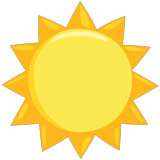
As a fat-soluble nutrient, vitamin D is actually a form of steroid hormone known as a secosteroid. Synthesized from UV rays of the sun and also found in foods such as eggs and oily fish, there are two main types of this nutrient:
- Ergocalciferol – D2
- Cholecalciferol – D3
Most people are deficient in vitamin D. D3 is more potent and bioavailable than D2 and should definitely form part of your muscle-building, testosterone-boosting stack of supplements.
So can D3 reduce muscle soreness and boost maximum workout recovery?
Yep.
A study based in England found that when a group of athletes training at least 3 times per week were given 4,000 IU of vitamin D3, muscle soreness decreased by 50%.
Supplemental vitamin D may serve as an attractive complementary approach to enhance the recovery of skeletal muscle strength following intense exercise
It’s worth noting though that D2 has been shown to increase muscle soreness in NASCAR athletes, so make sure you get your Arnold-like vitamin D3 for maximum workout recovery and avoid its less powerful Danny DeVito-esque twin.
Vitamin D3 is a powerful weapon for fighting DOMS. It also ramps up testosterone and muscle mass too, making it a must-have supplement for any high-level bro.
Can a sports massage relieve muscle soreness?
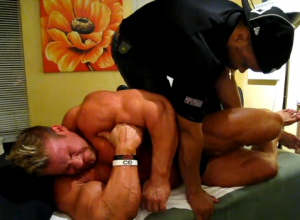
Ask anyone on the street what they’d do to reduce muscle soreness after a solid strength workout and chances are they’ll say “get a massage”.
Much like ‘rubbing one out’ can relieve man stress, the idea is that by massaging your sore muscles you’ll maximize workout recovery.
Massage involves manipulating the flow of blood through the muscles as a way of removing metabolites and improving lymphatic drainage. But the science isn’t conclusive.
One large meta-analysis report found that massage didn’t help with DOMS in any way at all…
And some studies show that massage or any other kind of manual therapy could actually make muscle soreness worse, with 20-40% of those having a rub down reporting additional stiffness and muscle fever on top of that caused by training.
Around half manual therapy patients may experience minor to moderate adverse events after treatment.
Not only is massage ineffective at reducing muscle soreness, it might actually make it worse.
Anti-inflammatory medicines for DOMS?
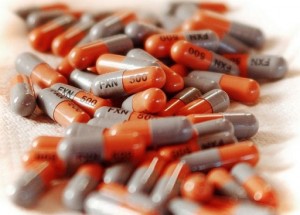
Presuming inflammation is involved in DOMS (which we’ve already said bro, might not be the case), anti-inflammatory meds such as ibuprofen and other NSAIDs may offer some relief.
Research shows that these meds act as a ‘band-aid’ more than anything though. They mask pain slightly but can’t reduce muscle weakness to the point where strength and performance don’t suffer.
Therefore, NSAIDs won’t provide maximal workout recovery and don’t restore muscle function.
And as the famous detective Columbo once said… “just one more thing”.
Repeated use of anti-inflammatory medicines has been linked to reduce muscle growth. Bro, no matter how much pain you’re in you do not want to start chipping away at your gains.
Individuals using resistance training to maximize muscle growth or strength should avoid excessive intake of anti‐inflammatory drugs.
NSAIDs might offer some relief from pain but won’t restore muscle function. And regular use will eat at your muscles like zombie dogs eat faces (kind of).
Could magnesium sulphate salts be the answer you’re looking for.
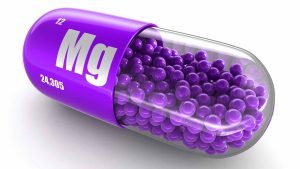 Yes if it goes in your mouth.
Yes if it goes in your mouth.
No if it goes in your bath.
You’d actually be better taking a magnesium supplement than you would dipping your ass in a bath full of the stuff.
There’s no evidence that magnesium sulphate baths boost recovery (or, well, do anything really). This is more than likely because the active ingredients in the product can’t permeate the skin.
However…
Magnesium is an important mineral that most people are deficient in. For what it lacks in popularity though it makes up for in benefits:
- Improves muscle power and strength
- Elevates testosterone levels
- Helps to control body fat
- Enhances endurance
And best of all… as an oral supplement, magnesium has been found to boost muscle recovery and optimize maximum workout recovery by lowering pain, aiding sleep and increasing anabolic hormone levels.
Many studies support the role of magnesium in athletic performance and show that it increases physical endurance and improves the force indices and muscle metabolism in athletes that have a rich diet in magnesium or received supplements
While magnesium sulphate baths are useless for muscle soreness, a magnesium supplement offers some powerful benefits.
Summary – Can You Reduce Muscle Soreness?
Muscle soreness is the nemesis of any serious lifter. When the time comes to lift big and go heavy the last thing you want is the strength-sapping effects of DOMS.
There are ways to boost maximum workout recovery including vitamin D3 and magnesium supplementation, but others such as massage and medications don’t help much.
